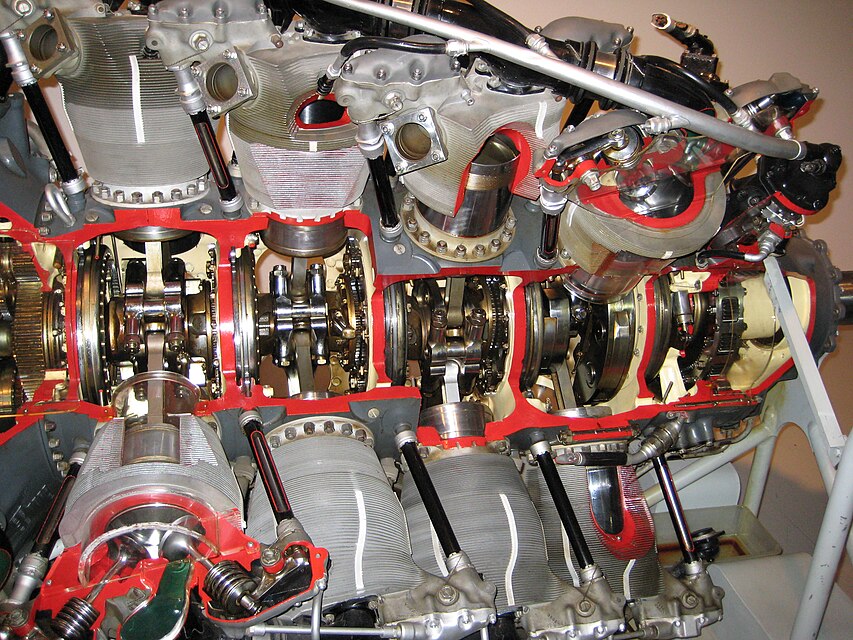3393RP
En-Route
- Joined
- Oct 8, 2012
- Messages
- 4,057
- Display Name
Display name:
3393RP
This video is a compilation of photos taken during the rebuild of a R-4360. There's no commentary, but the Vivaldi accompaniment is nice. The size of the engine is striking when compared to the mechanic assembling it. It's freekin' huge.
Before watching this, I had never noticed solder beads on cylinder heads that stabilize the fins. Is this common on other big radials?
There are also photos of a Continental R-975 rebuild in the video.
.
Before watching this, I had never noticed solder beads on cylinder heads that stabilize the fins. Is this common on other big radials?
There are also photos of a Continental R-975 rebuild in the video.
.
Last edited:


